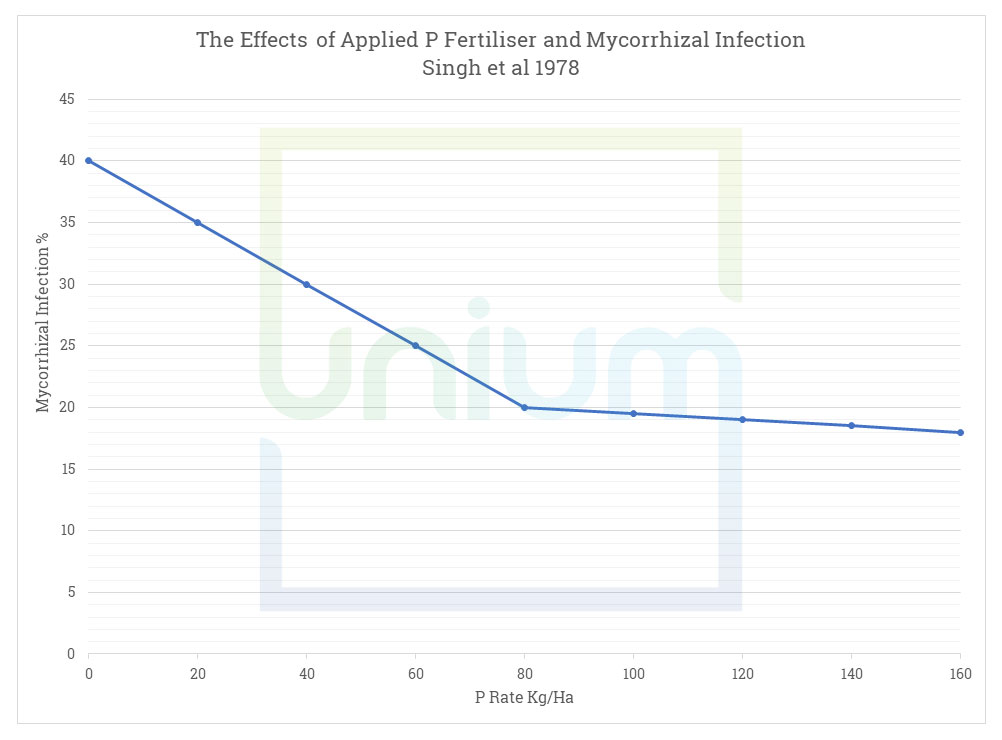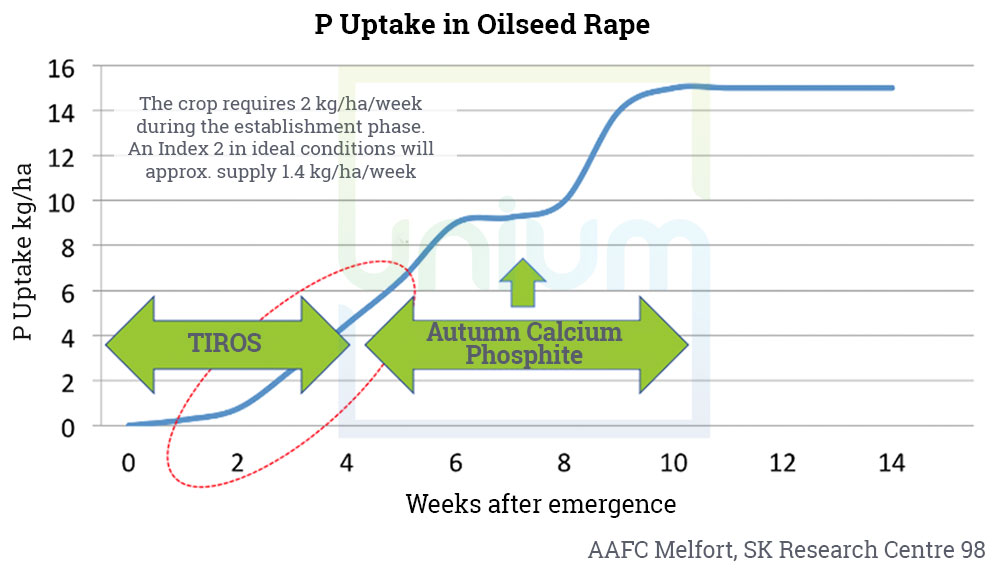Seed choice is one of the most important decisions we have to take, not only the variety but the quality of the seed.
Unium are continually seeking to improve the performance of the seeds we plant. By understanding what makes quality seed – the seed nutritional content along with the physiology of the seed once planted – we can try to improve and influence the germination and establishment in a positive way.
It all starts with the mother crop and there is some data to suggest the grandmother …
For the past four years we have been researching both seed treatments and what we term ‘priming technologies’ to look at how we can improve the seed quality produced, especially if it is being farm saved to plant. High seed germination, seedling growth and physiological activity contribute to better crop establishment in different soils, even under challenging environments. So if we can get better reliability, it will reduce the cost of production.
To date we have launched the most effective biostimulant seed treatments (Tigga, Voltek, Elios and Boost). These, along with TIROS – the first true biological endophyte seed treatment – will take everything to the next level and I am sure as we learn more about the integration of the endophytes with crop agronomy the more benefits we will see.
In the trials looking at mother crop enhancement, the results have been pretty impressive. By bolstering the mother crop with nutrition and reducing stress from flowering through grain fill, we have produced seed that has established better than some biostimulant seed treatments and produced an increased yield in both the mother and daughter crops.
Whether the crop is for seed or consumption, high temperatures during grain fill has a negative effect on seed nutritionally. Durr et al 2018 examined this in wheat and peas. Ensuring you have optimal NPK and micronutrients, especially in deficient soils, will lead to enhanced seed quality and temperature stress mitigation. This is of particular benefit during flowering/grain fill and will improve quality.
Noori 2018 concluded an optimally balanced mother plant with respect to nutrition has significantly:
- enhanced seed germination percentage
- seedling fresh weight
- soluble protein
- phytase activity and inorganic P
- accelerated phytate metabolism during the germination period.
He concluded that seed viability and physiological performance of seedlings can be improved with optimal fertilisation of the mother plants in wheat.
Unium have been researching this area of “priming” the seed and over the past three years has seen the best Gross Margin across the two crops – at 6.4% which increased to 9.1% when the daughter crop was treated with TIROS ST. We are following up this year again to select the best product for commercial testing with the Technical Group next year.
One nutrient that is key is phosphorus; the data below shows the importance of seed phosphorus content and its metabolism once the seed is planted.
Ensuring adequate phosphorus leads to many positive factors as outlined above – this translates into seed with higher phosphorus content giving enhanced germination and establishment, better mycorrhizal associations to further increase P uptake and to increase root length during this sensitive and critical phase of crop growth.
Seed Phosphorus concentration plays a major role in early plant growth. Seed Phosphorus has been found to support:
- cereals for about 11 days
- OSR 7 days
- maize around 14 days.
After that period, the seedling requires an external Phosphorus source, either from the soil or fertiliser, to maintain and optimise growth.
Increased seed P reserves improve plant growth as they accumulate more P from the soil, attributed to an enhanced root system. If the seed has low P reserves, this can be compensated for with good mycorrhizal associations (thus biology can overcome the low seed reserves). This shows the critical value of soil biology (Zhu&Smith 2001).
Seedbed Phosphate has a negative impact on AMF associations, ironically phosphite doesn’t have this effect and is the best option as a seed treatment.
- Increases root growth, biomass and exudation
- Improves nutrient use efficiency
- It supports soil biology.
Early season P-deficiency limits yield potential dramatically in wheat. The critical period is the first 4 to 6 weeks. Wheat absorbs 15% of total P uptake in the first two weeks of growth – it’s a small amount in total but a large amount for the size of plant and is critical for optimum yield.
Furthermore, the rate of uptake within the first 15-30 days of plant growth is 10x greater per unit of root than any time later in the season, highlighting how critical it is to have sufficient phosphorus. Early season limitations can result in restrictions on crop growth, from which the plant cannot recover – even when the P supply is increased later.
Maximum root growth is achieved when P is supplied for the first 4 weeks of growth. When this was restricted for the first 2 weeks, tiller and secondary root development was hindered and yield was 80% of maximum (Boatwright and Viets, 1966).
This restriction can be due to something we already know about e.g. high calcareous soils locking P up or environmental conditions e.g. drought.
Phosphorus availability can be affected by many factors:
- pH, Ca levels, dry soils, water logging, compaction
- Low OM, temperature, poor root structure
Unium seed treatments, either biostimulant or biological, have been specifically designed to maximise root development and provide key nutrients in a very available form at this key stage in the crop’s life.
P requirements between imbibition and radicle/coleoptile development is greater than during tillering over the same time period (30 days). According to Romer and Schilling 1(985), satisfying this demand gave:
- A higher number of fertile ears per area
- Higher number of grains per ear
- Higher yield
- Higher P pool in vegetative parts.
(Romer and Schilling 1985).
The following graphs show the dramatic change in phosphorus from storage to activity with the increased phytase activity in the seed.
Oilseed rape is not exempt from nutritional stresses during establishment and with a delicate and easily limited root structure, the consequences can be more important. Ensuring optimal P supply leads to increased yield, oil content and higher stored phosphorus enhancing seed quality.
Szczepanek and Anetta Siwik-Ziomek 2019 also showed the exact same impact on oilseed rape by removing stress at the flowering to pod fill stage. We have often seen this over the years of research we have done, but not always followed it through to the next crop.
I hope this has given you a guide as to the importance of producing quality seed and mitigating against the environmental conditions that can impact establishment and growth in the daughter crop.






